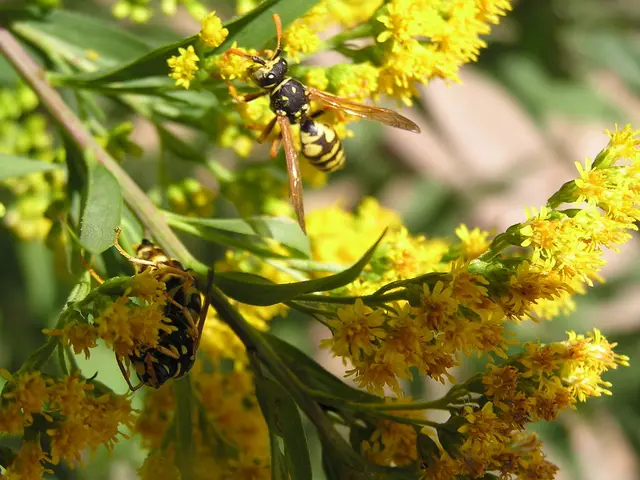Predators and Poultry: A Comprehensive Guide
Potential Predators Threatening the Poultry Industry
Various predators pose threats to poultry, whether in commercial farms or backyard sets. These predators can mainly be separated into three categories: terrestrial, aerial, and burrowing.
- Terrestrial Predators include:
- Raccoons: Known for their cunning intelligence, raccoons can open doors or latches if improperly secured.
- Foxes: Agile creatures capable of jumping over fences if they're not high enough.
- Coyotes: Versatile predators that pose a threat to both commercial and backyard flocks.
- Dogs: Stray or poorly trained dogs can pose a significant risk to poultry.
- Aerial Predators encompass:
- Hawks and Owls: These birds of prey expertly swoop down on unsuspecting chickens.
- Eagles: Larger eagles can target adult chickens in open areas.
- Burrowing Predators consist of:
- Rats and Mice: although not typically adult chicken predators, they can cause damage to feed and infrastructure.
- Snakes: Some snake species prey on chicks or eggs.
Predation Patterns: A Comparison between Commercial and Backyard Flocks
Commercial Flocks
- Heightened Security Measures: Commercial farms often employ more robust security measures, such as tall fencing and secure coops, to protect against predators.
- Larger Flock Numbers: A larger flock can make predators less effective due to the presence of more birds and potential vigilance.
- Standardized Protocols: Commercial operations may have standardized protocols for predator control, like regular inspections and maintenance.
Backyard Flocks
- Higher Predator Vulnerability: Backyard flocks are more exposed due to smaller numbers and often less secured enclosures.
- Variable Security: Backyard coops may vary in security, with some owners using hardware cloth and secure doors, while others may not.
- Urban Wildlife Exposure: Backyard flocks tend to encounter urban wildlife more frequently, raising the risk of predation by animals like raccoons and foxes.
Overall, both commercial and backyard flocks share common predators, although the effectiveness of these predators varies based on the security measures and environment of the flock. Backyard flocks necessitate careful attention to predator-proofing and consistent monitoring to prevent losses.
In the context of both commercial farms and backyard settings, some common predators that pose threats to poultry include raccoons, foxes, coyotes, dogs, hawks, owls, eagles, rats, mice, and snakes. While commercial farms employ more robust security measures such as tall fencing and secure coops, backyard flocks are more exposed due to smaller numbers and often less secured enclosures, making them more vulnerable to predation. It is crucial for backyard flock owners to focus on predator-proofing and consistent monitoring to ensure the safety of their livestock and maintain a lifestyle harmonious with home-and-garden activities.




